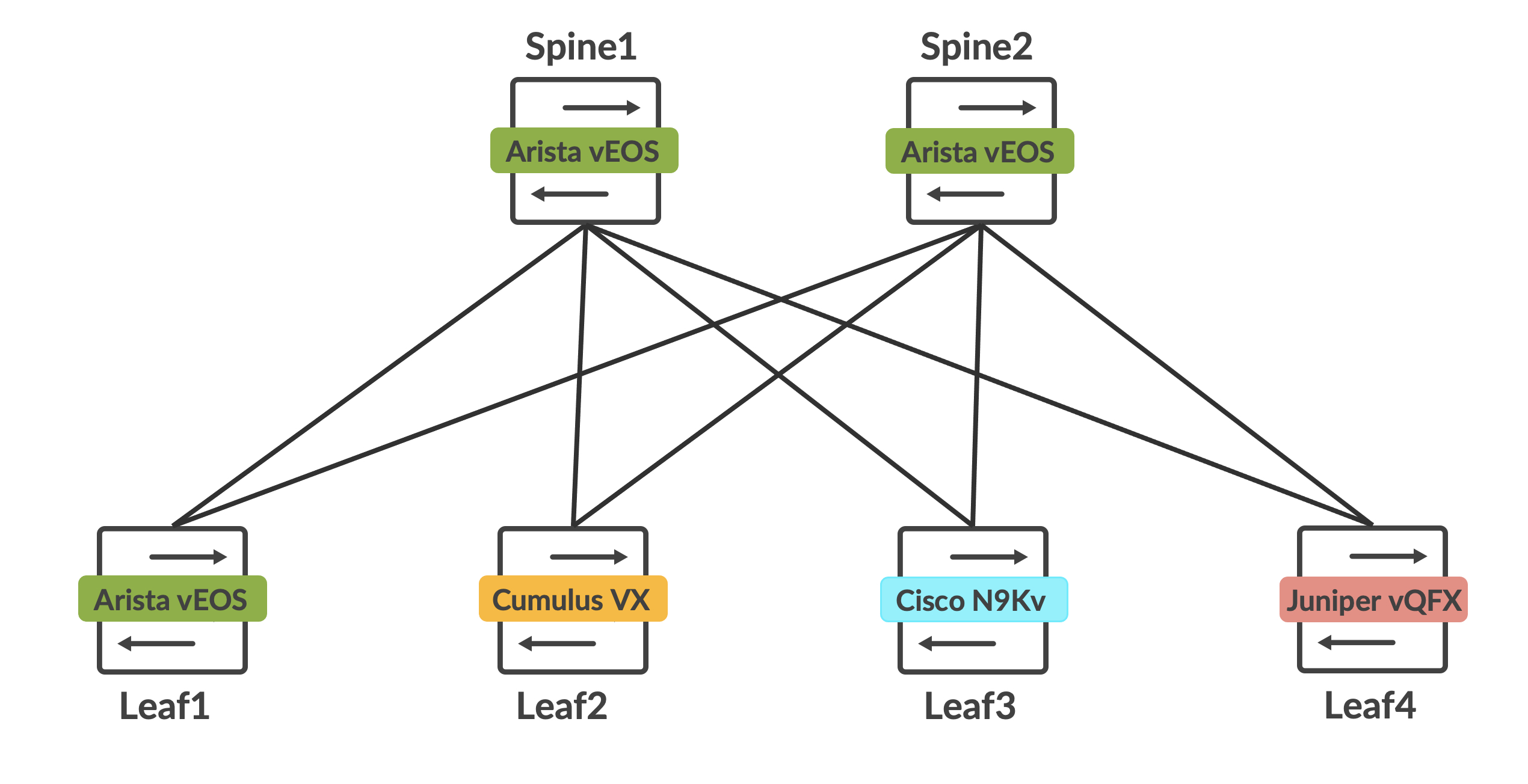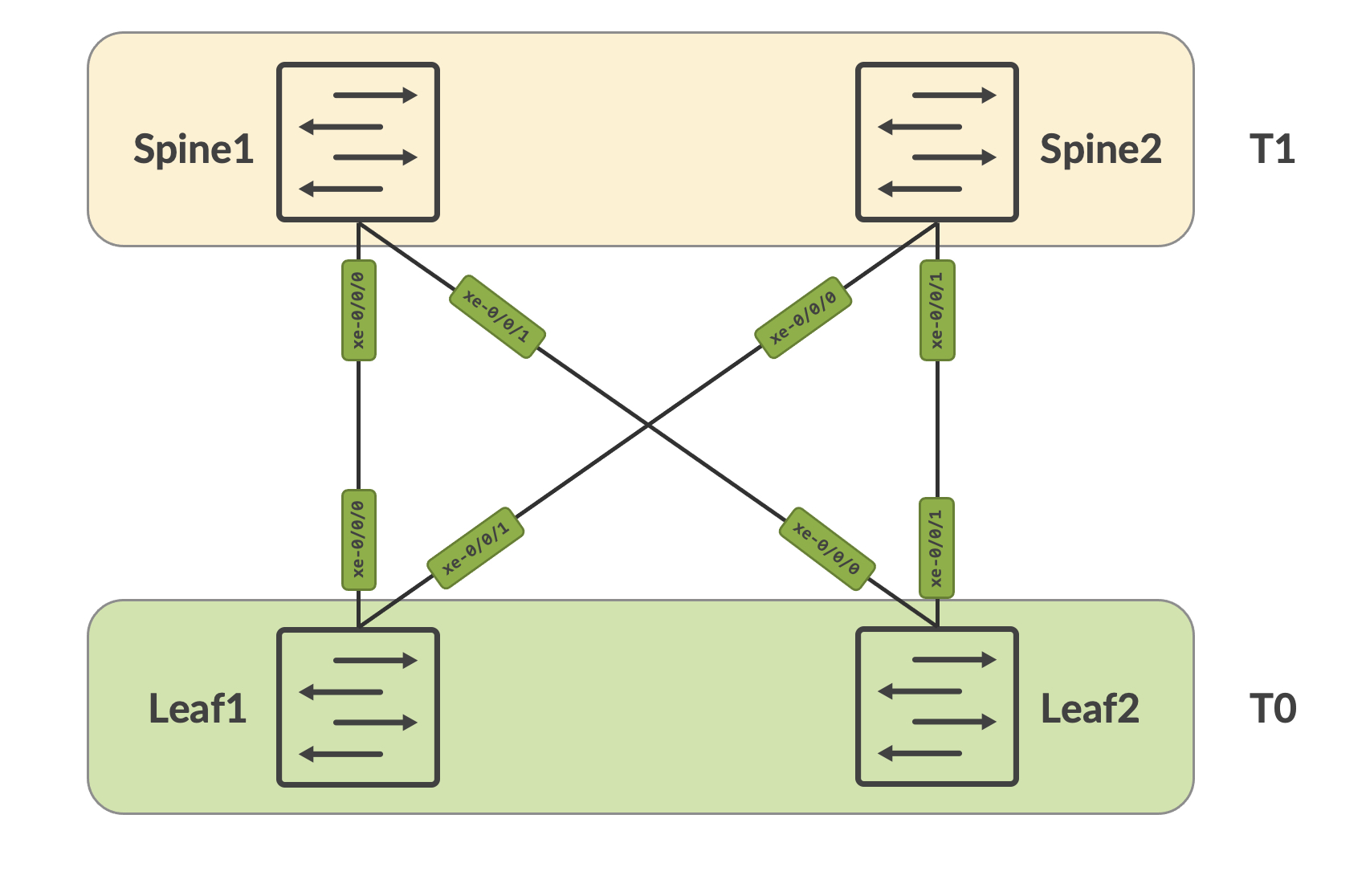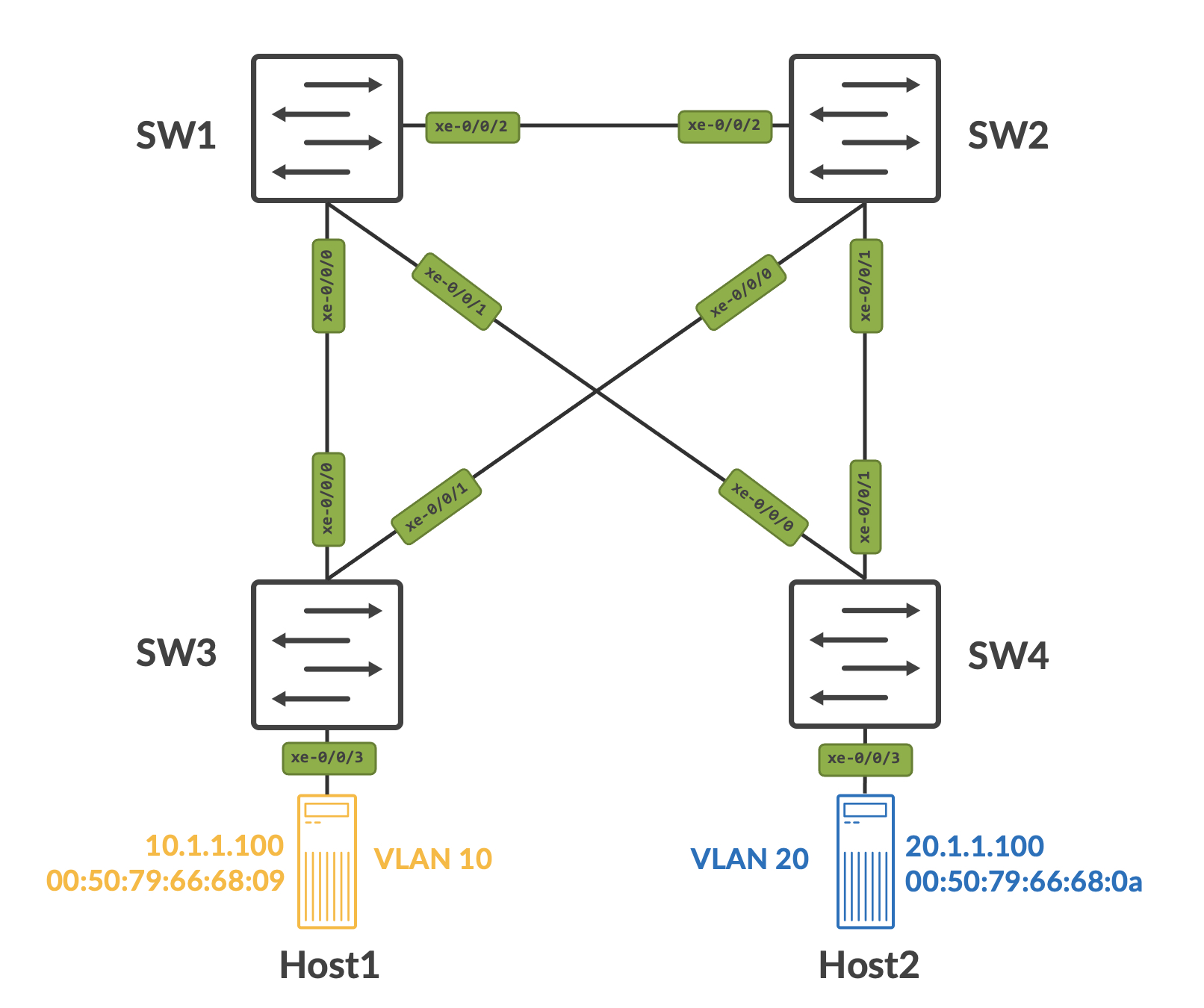Juniper Apstra Part II - Building a data center rack
In this post, we'll start designing the building blocks for our data center deployment with Juniper Apstra. We'll look at how to design a rack.
Introduction
Designing a rack is a fairly involved process. To be completely thorough, we're going to define new logical devices, create interface maps for these and then put it all together to build a rack. Naturally, some of these terms (logical devices, interface maps and so on) are Apstra specific - not to worry, we'll break it all down and understand what these are and how they are used.
Before we dive into this, I'd like to talk about why Apstra does things this way and what the methodology is. Why build these abstracted models? Why racks?
When you're building out a data center (physically), you'd know that there are a lot of things that simply repeat. Racks are usually identical - or at best you have a few types of racks servicing specific things, and those types of racks repeat. This can include how many leafs per rack, the redundancy model is usually common across the organization, how many servers and so on. You're typically buying identical physical racks as well (like a 42RU rack) and so on.



